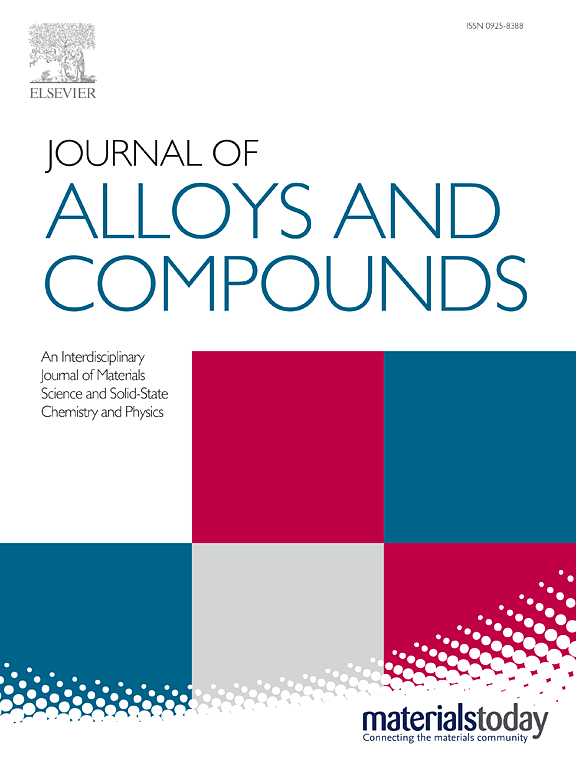Synergistic Effect of Defect Engineering and Crystalline/Amorphous Interfaces in NiFe Layered Double Hydroxides for Efficient Oxygen Evolution
IF 5.8
2区 材料科学
Q2 CHEMISTRY, PHYSICAL
引用次数: 0
Abstract
The development of efficient and durable oxygen evolution reaction (OER) catalysts is pivotal for sustainable hydrogen production via water electrolysis. Herein, a hybrid crystalline/amorphous NiFe-layered double hydroxides (c/a-NiFe-LDHs) catalyst with tailored defects is synthesized via rapid electrodeposition followed by plasma post-treatment. The c/a heterostructure was constructed via rapid electrodeposition, followed by introducing cationic and oxygen vacancies via Ar/H₂ plasma. Optimizing plasma power (300 W) and duration (1 min) yielded c/a-NiFe-LDHs-P@300:1 with abundant defects and preserved structural integrity. The optimal catalyst exhibited exceptional OER activity, requiring an overpotential of only 290 mV to achieve 100 mA cm-², along with a low Tafel slope of 32.3 mV dec-¹ and robust stability over 48 h. Density functional theory calculations revealed that plasma-induced vacancies reduced the energy barrier of the rate-determining step (*O → *OOH) by optimizing intermediate adsorption and electronic structure. This work highlights the synergistic effect of crystalline/amorphous interfaces and defect engineering in designing high-performance OER catalysts for efficient water oxidation.

NiFe层状双氢氧化物中缺陷工程和晶态/非晶态界面协同作用对高效析氧的影响
开发高效、耐用的析氧反应催化剂是实现水电解可持续制氢的关键。本文通过快速电沉积和等离子后处理,合成了具有定制缺陷的晶体/非晶nife层状双氢氧化物(c/a- nife - ldhs)杂化催化剂。通过快速电沉积构建c/a异质结构,然后通过Ar/ h2等离子体引入阳离子和氧空位。优化等离子体功率(300 W)和持续时间(1 min),得到c/a-NiFe-LDHs-P@300:1,缺陷丰富,结构完整。最佳催化剂表现出优异的OER活性,只需290 mV的过电位就能达到100 mA cm-²,Tafel斜率低至32.3 mV dec-¹,48小时内稳定性良好。密度泛函数理论计算表明,等离子体诱导的空位通过优化中间吸附和电子结构,降低了速率决定步骤(*O→*OOH)的能量势垒。这项工作强调了晶体/非晶态界面和缺陷工程在设计高效水氧化的高性能OER催化剂中的协同作用。
本文章由计算机程序翻译,如有差异,请以英文原文为准。
求助全文
约1分钟内获得全文
求助全文
来源期刊

Journal of Alloys and Compounds
工程技术-材料科学:综合
CiteScore
11.10
自引率
14.50%
发文量
5146
审稿时长
67 days
期刊介绍:
The Journal of Alloys and Compounds is intended to serve as an international medium for the publication of work on solid materials comprising compounds as well as alloys. Its great strength lies in the diversity of discipline which it encompasses, drawing together results from materials science, solid-state chemistry and physics.
 求助内容:
求助内容: 应助结果提醒方式:
应助结果提醒方式:


